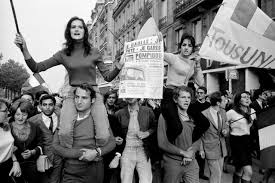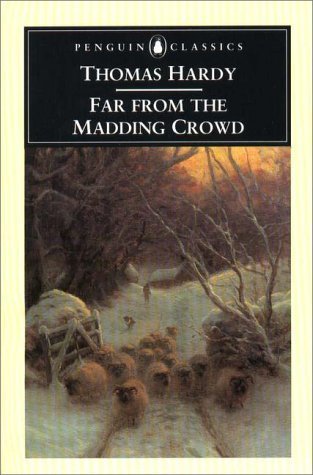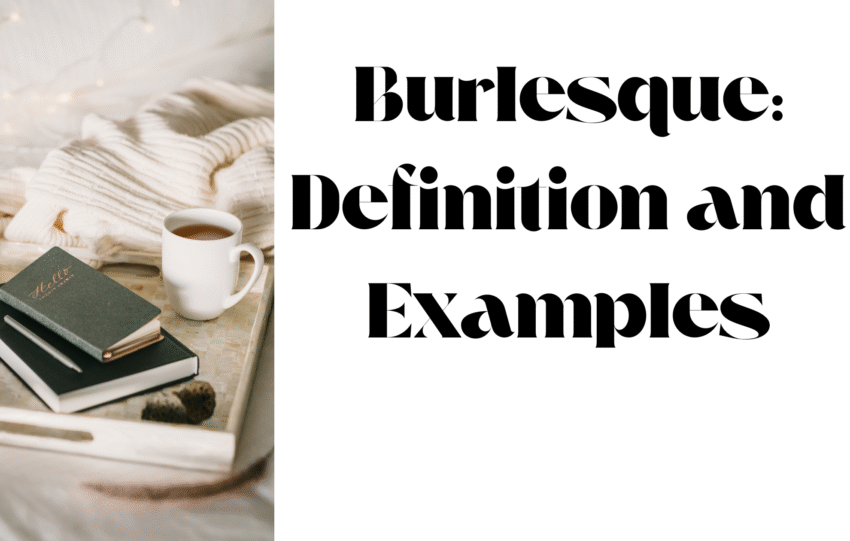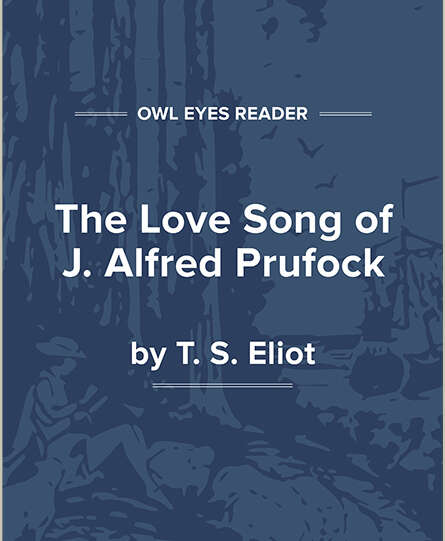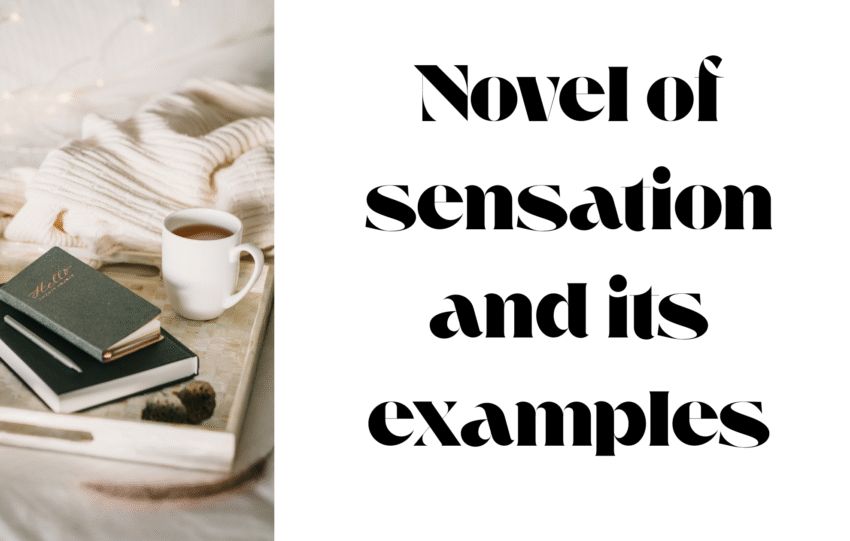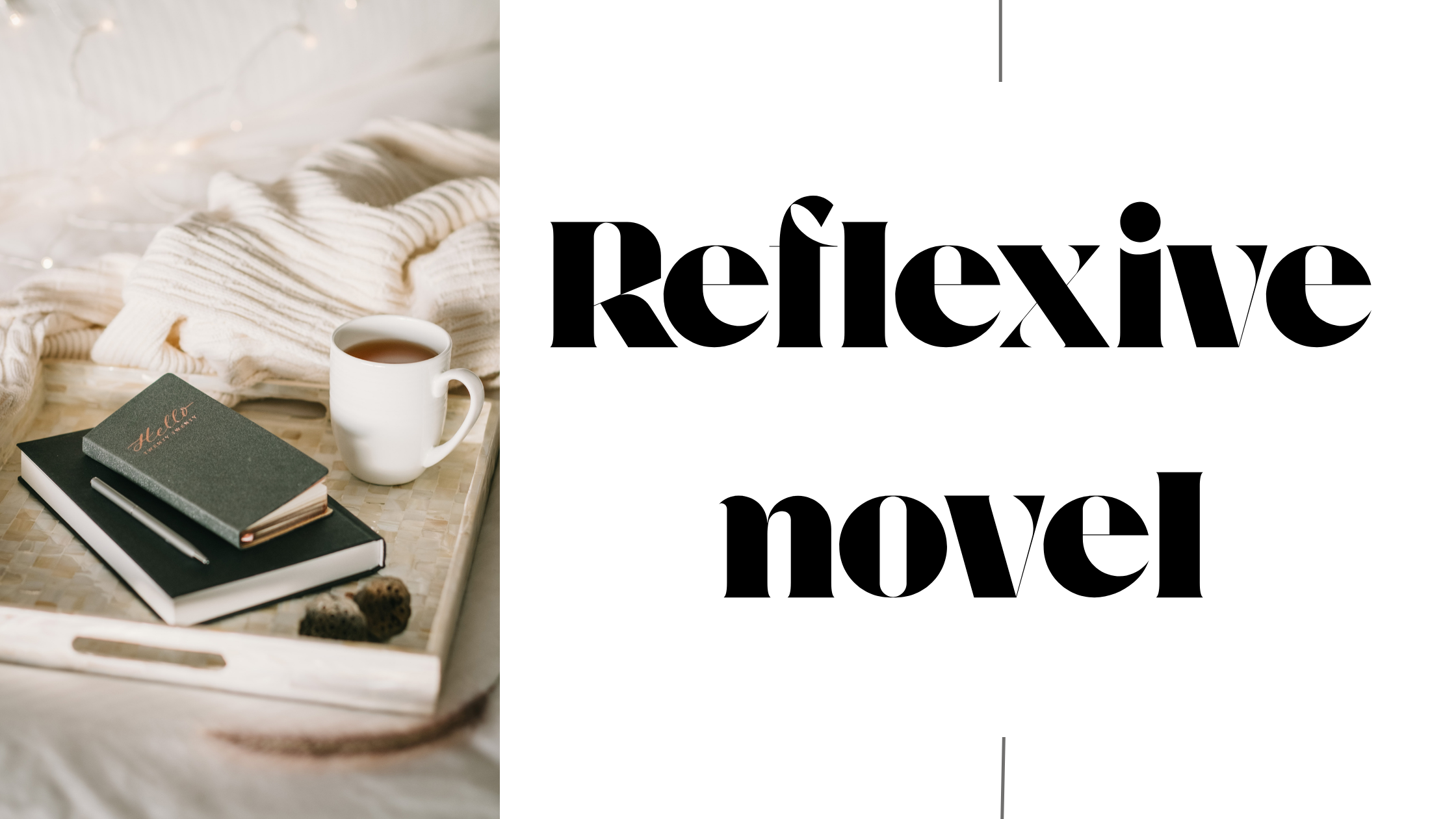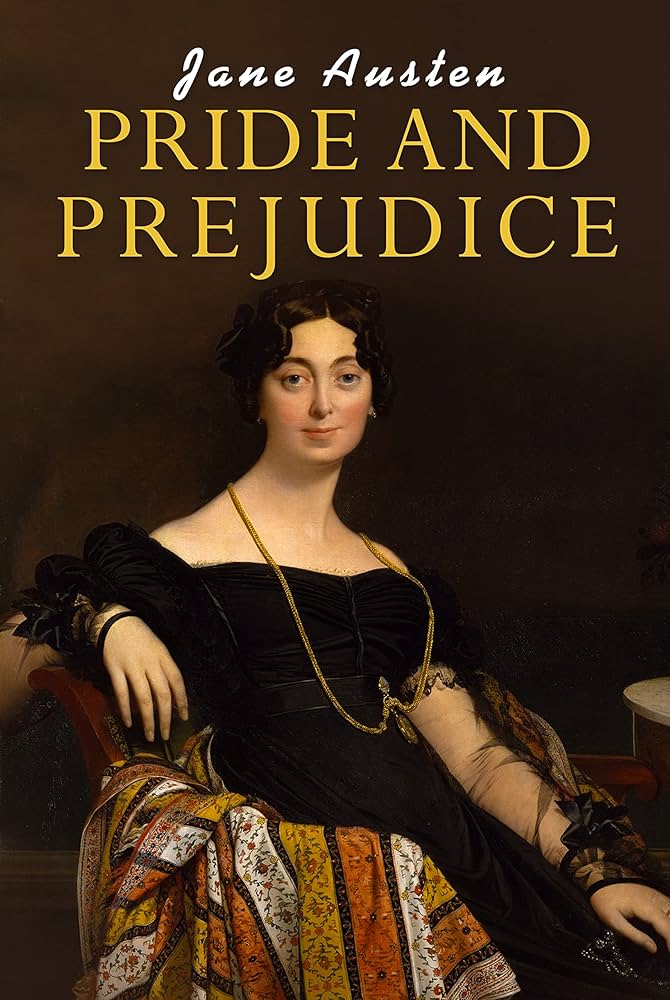
Discuss Marriage as a theme in Pride and Prejudice by Jane Austen
“It is a truth universally acknowledged that a single man in possession of a good fortune must be in want of a wife”.
This opening sentence of the novel Pride and Prejudice (1813) could be taken as the theme of each of her six novels. It is a comically ironic statement implying that a single man in possession of good fortune must be the target of all unmarried women looking for husbands. The statement also introduces the subject- the theme of a romantic novel, which is courtship and marriage. The events in Pride and Prejudice follow from this dictum.
Marriage – an Important Social and Economic Concern:
“I am not romantic you know. I never was. I ask only a comfortable home and considering Mr. Couins’ character, connections and situation in life, I am convicted that my chance of happiness with him is as fair, as most people can boast on entering the marriage state.”
The Importance of Correct Judgement:
Good and Bad Marriages:
Another critical aspect of Austen’s treatment of marriage in Pride and Prejudice is the balance she establishes between individual choice and social expectation. While marriage was an economic and social necessity for women, Austen does not wholly endorse marriages of convenience. Instead, she emphasizes the importance of marrying for affection and compatibility, even while recognizing the constraints imposed by class and fortune. Elizabeth Bennet, for example, resists both Mr. Collins’s proposal, which promises financial security, and Darcy’s initial proposal, which is tainted by pride and condescension. In doing so, Elizabeth asserts her right to personal happiness and emotional fulfillment, distinguishing her from characters like Charlotte Lucas, who view marriage as a purely practical arrangement. Through Elizabeth, Austen critiques the prevailing social norms while also showing that genuine happiness in marriage requires courage, independence, and self-respect.
Austen uses marriage as a lens to examine class distinctions and social mobility. The match between Darcy and Elizabeth is significant not only because it unites love with respect but also because it bridges a social divide. Darcy, a wealthy landowner, initially believes Elizabeth to be socially beneath him, while Elizabeth resents his arrogance and dismisses his wealth as irrelevant to her happiness. Their eventual union, however, demonstrates Austen’s belief that true worth lies in character rather than in wealth or rank. By contrast, the marriage of Lydia and Wickham underscores the dangers of disregarding social propriety altogether, for their reckless elopement threatens to disgrace the entire Bennet family. Thus, through contrasting examples, Austen reveals both the restrictions and the transformative possibilities of marriage in a rigidly hierarchical society.
Austen also suggests that marriage has long-term implications beyond courtship and romance. Through the example of Mr. and Mrs. Bennet, the novel highlights the consequences of imprudent choices made in youth. Their marriage, based initially on physical attraction, has deteriorated into a household lacking respect and harmony. Mr. Bennet’s detachment and Mrs. Bennet’s foolishness leave the family vulnerable, especially the younger daughters, who grow up without proper guidance. In this way, Austen warns that marriage is not merely the culmination of a romantic story but the foundation of a lifelong partnership that can either nurture or undermine the family’s well-being. Darcy and Elizabeth’s marriage is presented as the ideal not only because it is based on love and respect, but also because it promises a future of stability, balance, and mutual growth.
Finally, Austen’s nuanced depiction of marriage reflects her subtle feminism. While she acknowledges the financial pressures women faced, she also resists the notion that women should marry merely to survive. Elizabeth’s insistence on marrying for love and her refusal to compromise her principles demonstrate a quiet but powerful assertion of female agency in a patriarchal society. Marriage in Pride and Prejudice is thus not simply about securing social status or financial comfort; it becomes a space where women like Elizabeth can exercise choice, judgment, and self-determination. Austen’s vision of marriage, then, is not one of blind conformity to tradition, but one in which affection, respect, and equality serve as the true foundations of happiness.
